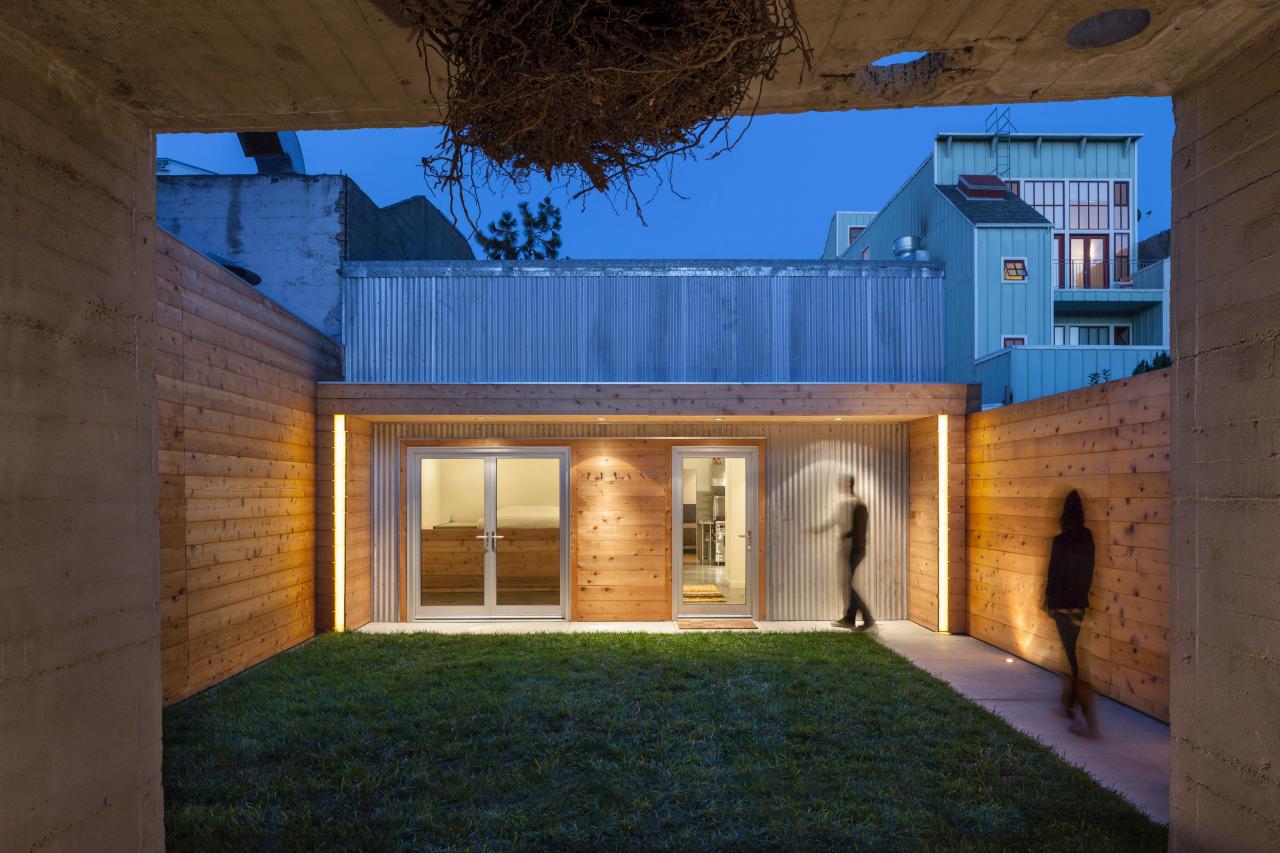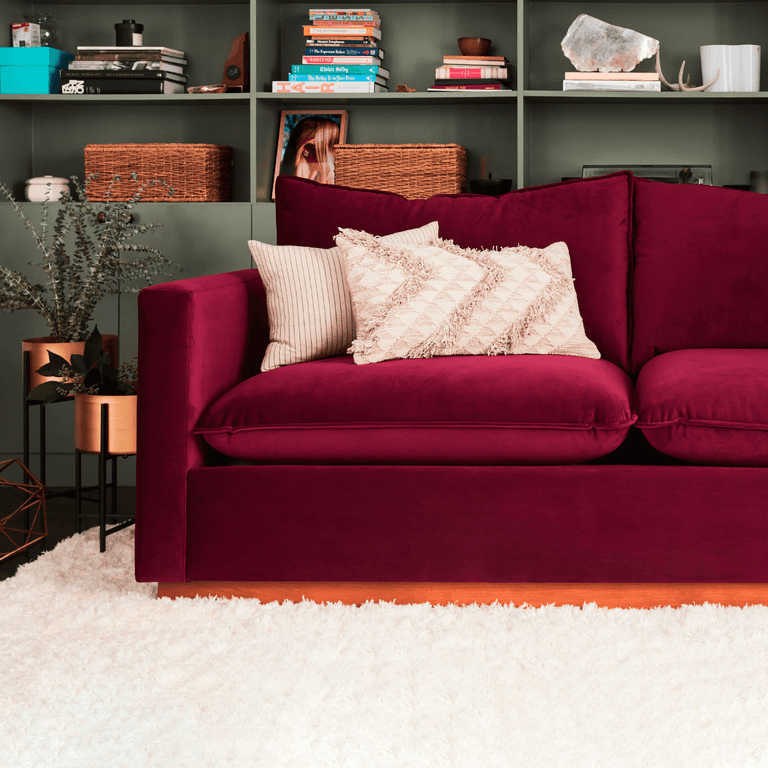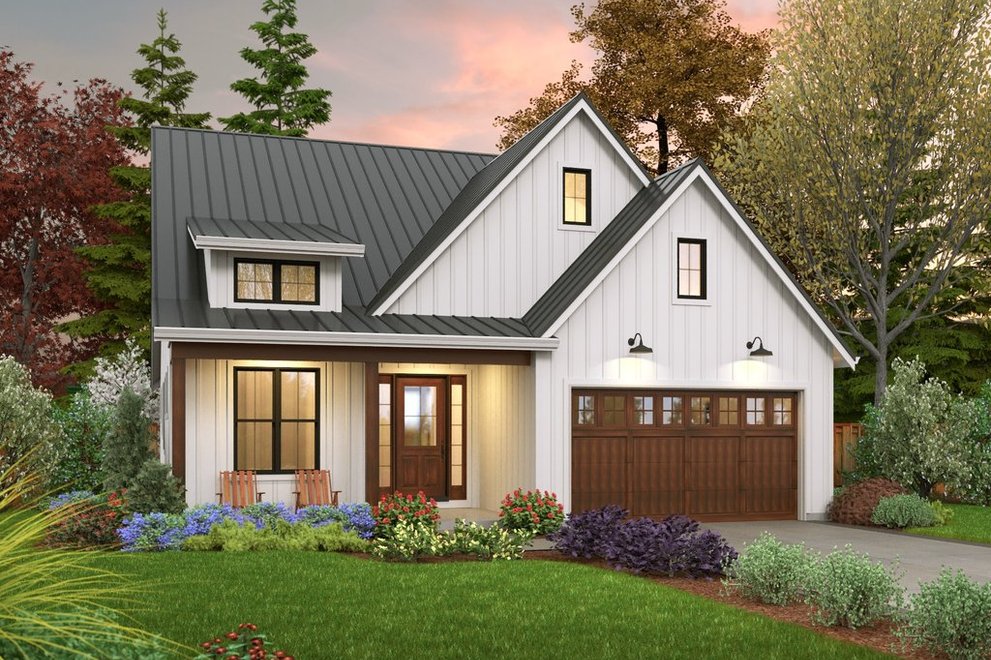
Frank Lloyd Wright was an American architect, who created a remarkable body of work over 70 years. His vision was to create environments that were functional, eloquent and humane. He believed that architecture could change society for the better. He built more than a thousand structures during his lifetime.
Frank Lloyd Wright was a unique individual who was born in Richland Center, Wisconsin, in 1867. He was an educator, writer, and architect. He was the recipient of numerous awards and honors. He shaped the architectural landscape of the world with his groundbreaking work.
Wright graduated from the University of Wisconsin in 1887 and worked in Chicago for Adler and Sullivan. Wright was six years an apprentice to Louis Sullivan. He opened his own office a few years later. He married three times. He was also a father to six children. He was a prolific author. He traveled extensively during his lifetime. He was involved in New York's construction of the Guggenheim Museum. This famous building in modern architecture is still in use today.

Wright's 1914 loss of Mamah Borthwick as his first wife complicated his life. Although he was devastated by his loss, he rebuilt Taliesin in her honor. He also focused his energies on writing and lecturing. He accepted many independent residential commissions over the next five-years. American Institute of Architects presented him with the gold medal.
At 22 his first home was constructed. It was a simple, two-story structure that resembled the shingle house style popular on the East Coast in the 19th century. It had a studio and a living room. It also featured a spectacular gable rooftop. He included hollyhocks in every room.
Wright married Olga Lazovich on 28th January 1928. They realized they shared a passion in the arts after they met. After a few years in Chicago, they moved to Los Angeles. They fell in love with Aline Barnsdall (an oil heiress) over the next few years. She ordered a home for her family. Hollyhock House was the name of the house, which was completed in a few years.
It featured an unusual facade and large veranda. The walls were clad in wood, while the roof was covered with translucent canvas. The interior was painted in off-white. The house was designed to give the Wright family an inspirational place to live.

It was built using "desert masonry", a combination of local rock and cement. It was intended to capture the aesthetic of the area where it was built. It had large glass expanses to connect the indoor-outdoor spaces.
The home was built to be a place of refuge for the family, as well as a space for teaching over fifty students. It included gardening and cooking. In addition to being a sanctuary, it served as the birthplace of over 150 architectural projects.
Wright worked on numerous projects in Japan and California over the next few years. In 1913, he returned to the United States.
FAQ
Is there any way to save money when renovating my home?
You can save some money by doing as much of the work yourself as possible. For example, you could try to cut down on the number of people you use during the renovation process. You can also find ways to reduce costs for materials during the renovation.
How important is it that you are preapproved for a loan?
Getting pre-approved for a mortgage is very important because it gives you an idea of how much money you need to borrow. This will help you decide if you are eligible for a loan program.
What is the cost of renovating a house?
Renovations can cost from $5,000 to $50,000. Most homeowners spend between $10,000-$20,000 on renovations.
How do I start a renovation of a house?
Clean out your home and get rid of all clutter. Next, clean out any moldy areas. You will need to clean up the exterior and paint.
Statistics
- ‘The potential added value of a loft conversion, which could create an extra bedroom and ensuite, could be as much as 20 per cent and 15 per cent for a garage conversion.' (realhomes.com)
- They'll usually lend up to 90% of your home's "as-completed" value, but no more than $424,100 in most locales or $636,150 in high-cost areas. (kiplinger.com)
- Design-builders may ask for a down payment of up to 25% or 33% of the job cost, says the NARI. (kiplinger.com)
- It is advisable, however, to have a contingency of 10–20 per cent to allow for the unexpected expenses that can arise when renovating older homes. (realhomes.com)
- A final payment of, say, 5% to 10% will be due when the space is livable and usable (your contract probably will say "substantial completion"). (kiplinger.com)
External Links
How To
How to Renovate an Old House
To begin with, I would suggest that you should first determine what type of renovation project you want to undertake. This could mean anything from replacing your kitchen appliance to completely redesigning the house.
Once you decide what kind of renovations you want, you will need to calculate how much money is available. Sometimes, you might not have enough money to pay the full project cost. If this is true, you will need to make hard decisions about which areas you can afford to fix and which ones you won't.
Before you start work on your renovations, there are a few things you should consider. The most important thing is to ensure that you get any permits required for the job. You might also need to check whether you need planning permission for certain types or work. You might have to apply for building permission if you want to add an extension to your home.
Before you start work on the house it is best to check with the local council website to determine if additional permits are required. It is also important to check whether planning permission is required for every part of the house you are renovating. For major projects like a new roof installation, your insurance provider may need to be contacted to confirm that you have adequate coverage.
After obtaining all permits, the next step is to select the right tools and materials. There are many choices available so make sure to do your research thoroughly. Most people use wallpaper paste, paint, flooring, tiles and carpets for their renovation projects.
Make sure you look at the product's quality before purchasing these items. Cheap products tend to last only a short period of time, whereas good quality products will usually last longer and provide better value for money. When purchasing any product, make sure you purchase the correct amount. Don't purchase too much as it can lead to waste of resources and the need for a lot of material. Instead, purchase only what you need.
After you've selected the right materials for your job, you should plan where to store them while working on the property. If you're planning on renovating a large space of your house, you might need storage space. Alternatively, you could ask family members or friends to help you move all the items around.